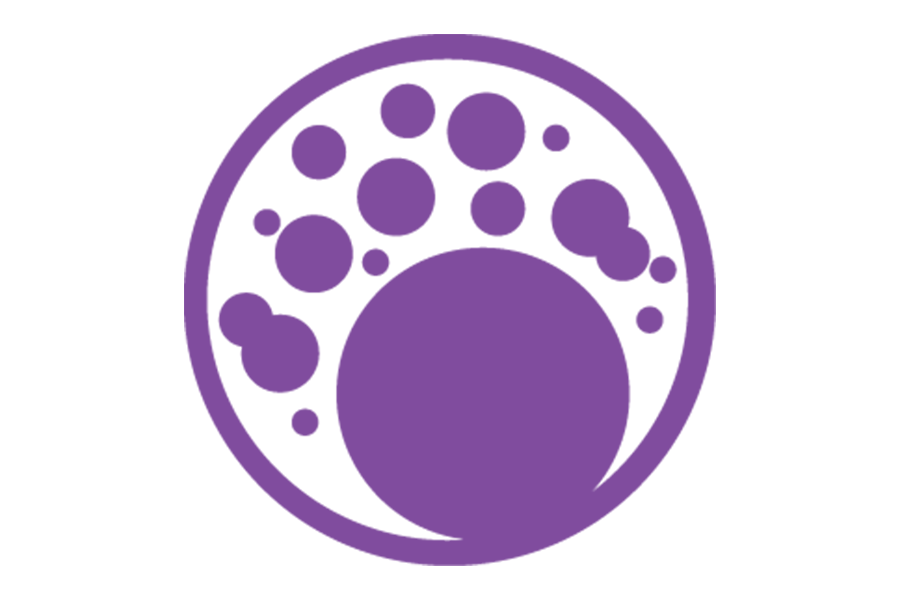Crigler-Najjar Syndrome
Crigler-Najjar syndrome type 1 is an ultra-rare recessive genetic disorder characterized by hyperbilirubinemia and jaundice. Deficiency of the liver enzyme UGT1A1, which is responsible for bilirubin metabolism and excretion, can result in toxic accumulation of bilirubin and the risk of irreversible neurological damage. The estimated incidence of Crigler-Najjar syndrome is 1:1,000,000 people with higher levels reported in some countries with increased prevalence of consanguineous relationships. Crigler-Najjar syndrome type 1 presents shortly after birth with unresolved jaundice in newborns. If left untreated, unconjugated bilirubin can cross the blood-brain barrier, leading to severe and irreversible neurological damage. Current treatment relies on blue light phototherapy for at least 12 hours per day. Phototherapy rapidly becomes less effective following puberty, increasing the risk for neurological damage, and resulting in the need for liver transplant.
Similar to Crigler-Najjar Syndrome, many disorders of liver metabolism can result in the accumulation of toxic metabolites within the liver tissue, resulting in severe liver disease, and a the need for a liver transplant to both cure the disease and replace the diseased organ. For many of these disorders, the only treatment option is transplant. Therapeutics for liver metabolic disorders is an active area of research for the Orphan Disease Center.


